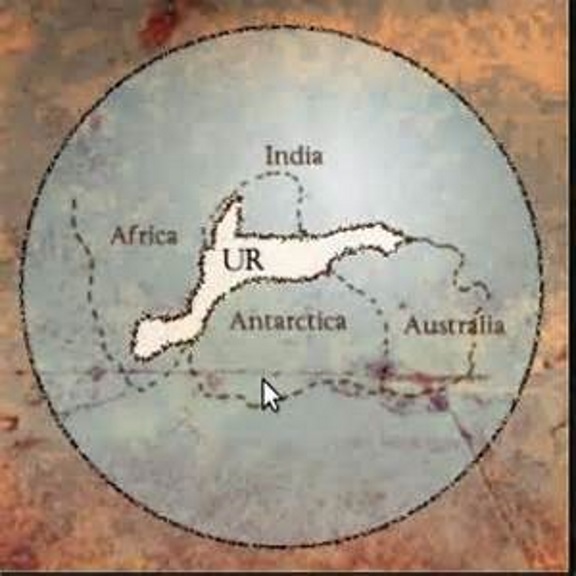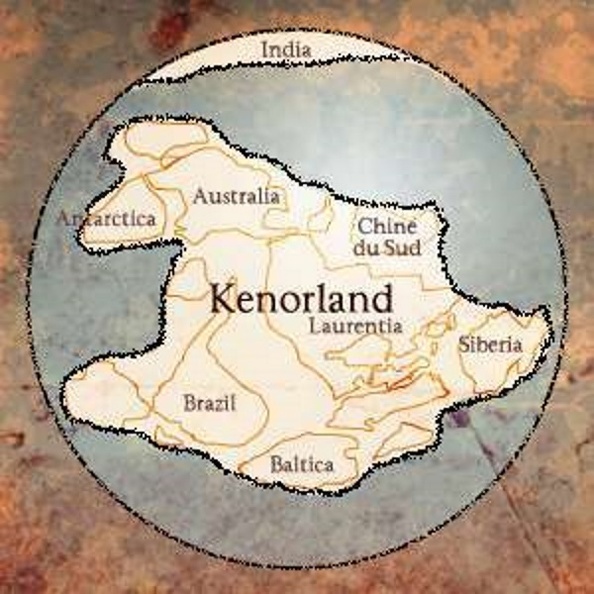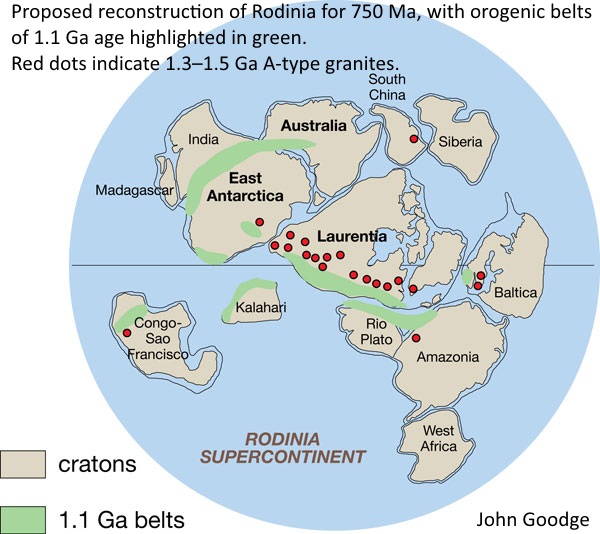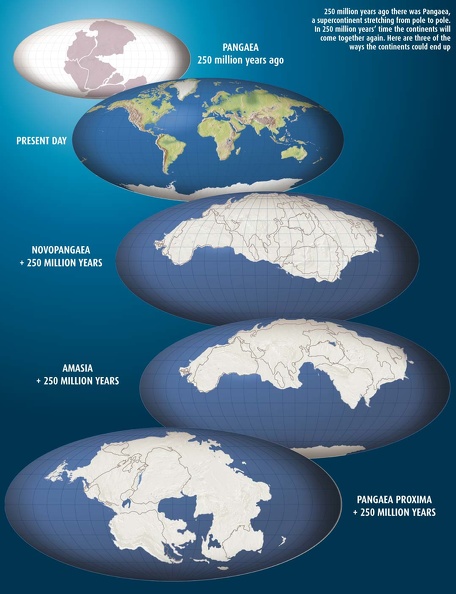|
|
Post by 1dave on Jan 24, 2018 9:44:28 GMT -5
Mother Earth has lead a Hard Knock Life. Geologists have tried to backtrack what it used to look like and look forward into her future.   3 Billion years ago was the time of the Land of Ur.  2.5 Billion years ago Kenorland.  ~ 1 Billion years ago Rodinia came together.  300 Million years ago Pangaea came together and apart as plants and animals invaded the land.  Plate movements of the world today provide clues to the past and predict the future.   |
|
|
|
Post by captbob on Jan 24, 2018 9:54:32 GMT -5
So in a mere 250 MILLION years I will be able to walk to Paris.
At least I have that to look forward to!
|
|
|
|
Post by 1dave on Jan 24, 2018 11:15:13 GMT -5
All those collisions provided the mountains, metamorphic and volcanic rocks
WHERE THE GOOD STUFF IS! |
|
|
|
Post by parfive on Jan 25, 2018 2:16:22 GMT -5
Either end, they talk funny. That’s all you need to know.
The Georgetown Inlier of northeast Australia provides evidence of critical links between Australia and Laurentia during the late Paleoproterozoic and the early Mesoproterozoic. Detrital zircon age spectra from sedimentary strata within the inlier show two distinct changes in sedimentary provenance: (1) the lowermost units (depositional age ca. 1700–1650 Ma) have detrital zircon age spectra that strongly resemble Laurentian magmatic ages and detrital zircon age spectra of the similar-aged Wernecke Supergroup of northwest Laurentia; (2) sediments deposited from ca. 1650 to 1610 Ma show a unimodal proximal signature; and (3) postorogenic sediments deposited after 1550 Ma have detrital zircon age spectra like the Mount Isa Inlier of the North Australia craton. Along with new paleocurrent measurements, the detrital age data challenge current models that suggest that the Georgetown Inlier was part of Australia before ca. 1700 Ma. Rather, we argue it was a continental ribbon rifted from west Laurentia during slab rollback ca. 1680 Ma; by 1650 Ma, the Georgetown Inlier had completely separated from Laurentia, and ca. 1600 Ma collided with Australia during supercontinent Nuna amalgamation.
Curtin researchers discover a piece of America in northern Australia news.curtin.edu.au/media-releases/curtin-researchers-discover-piece-america-northern-australia/Laurentian crust in northeast Australia: Implications for the assembly of the supercontinent Nuna pubs.geoscienceworld.org/gsa/geology/article-abstract/526080/laurentian-crust-in-northeast-australia
|
|
|
|
Post by 1dave on Jan 25, 2018 9:53:08 GMT -5
|
|
|
|
Post by 1dave on Jan 25, 2018 11:54:01 GMT -5
|
|